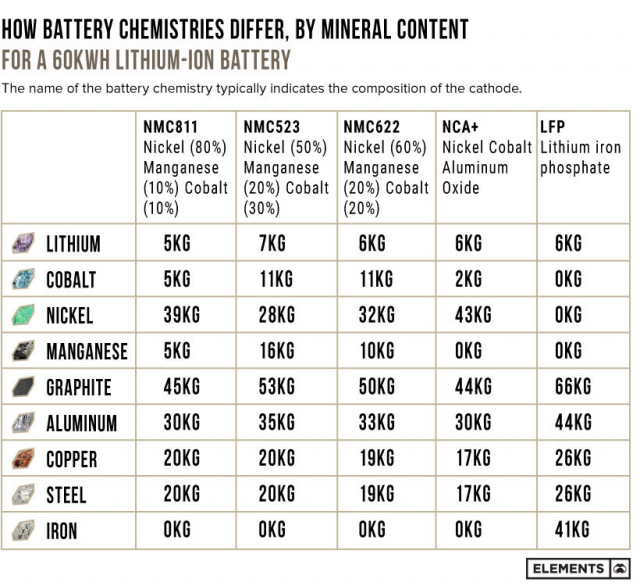If you think of a car as a transportation tool, there is nothing wrong with an EV. If you are a urban or suburban driver who commutes a short distance back and forth to work, it's an ideal machine assuming you have a small battery pack and can plug it in at home or work. Of course, you'd have to rent for the occasional long trip, but how often are you really driving a thousand miles for vacation?
The big problem is that for the most part, that's not the vehicle the car companies are making. They went for the high range, high horsepower vehicles requiring extremely large battery packs they could charge a fortune for and the government- once again putting their fingers on the scale of the market- is helping them out.
I worked as lead engineer to develop a small (1000cc) engine weighing in at 50kg soaking wet and producing 58kw of power. It had very high BSFC numbers with 14:1 compression, a unique bridged intake port, and a novel adjustable cam timing and duration mechanism. That engine was capable of propelling a modern sedan at 70mph at nearly 50mpg. Pair that with the right electric motor(s) and a small battery pack and you have a vehicle that could still commute 30 miles on electric, get 50mpg on cruise control, accelerate from 0-60 in less than 4 seconds and weigh only 200lbs more than a similar gas vehicle with equal performance.
Unfortunately, the investors pulled out of the project when they saw where the "market" and government intervention was leading- an all electric car that had 300miles of range. No ICE allowed.
The problem isn't electric motors, it is the known disadvantages (as @MikeyP wrote) and the unknowns disadvantages of battery technology and the grid to support it.
Don't even get me started about the concept of the US shipping industry moving to electric semi tractors!!!
The big problem is that for the most part, that's not the vehicle the car companies are making. They went for the high range, high horsepower vehicles requiring extremely large battery packs they could charge a fortune for and the government- once again putting their fingers on the scale of the market- is helping them out.
I worked as lead engineer to develop a small (1000cc) engine weighing in at 50kg soaking wet and producing 58kw of power. It had very high BSFC numbers with 14:1 compression, a unique bridged intake port, and a novel adjustable cam timing and duration mechanism. That engine was capable of propelling a modern sedan at 70mph at nearly 50mpg. Pair that with the right electric motor(s) and a small battery pack and you have a vehicle that could still commute 30 miles on electric, get 50mpg on cruise control, accelerate from 0-60 in less than 4 seconds and weigh only 200lbs more than a similar gas vehicle with equal performance.
Unfortunately, the investors pulled out of the project when they saw where the "market" and government intervention was leading- an all electric car that had 300miles of range. No ICE allowed.
The problem isn't electric motors, it is the known disadvantages (as @MikeyP wrote) and the unknowns disadvantages of battery technology and the grid to support it.
Don't even get me started about the concept of the US shipping industry moving to electric semi tractors!!!
-
2
- Show All

